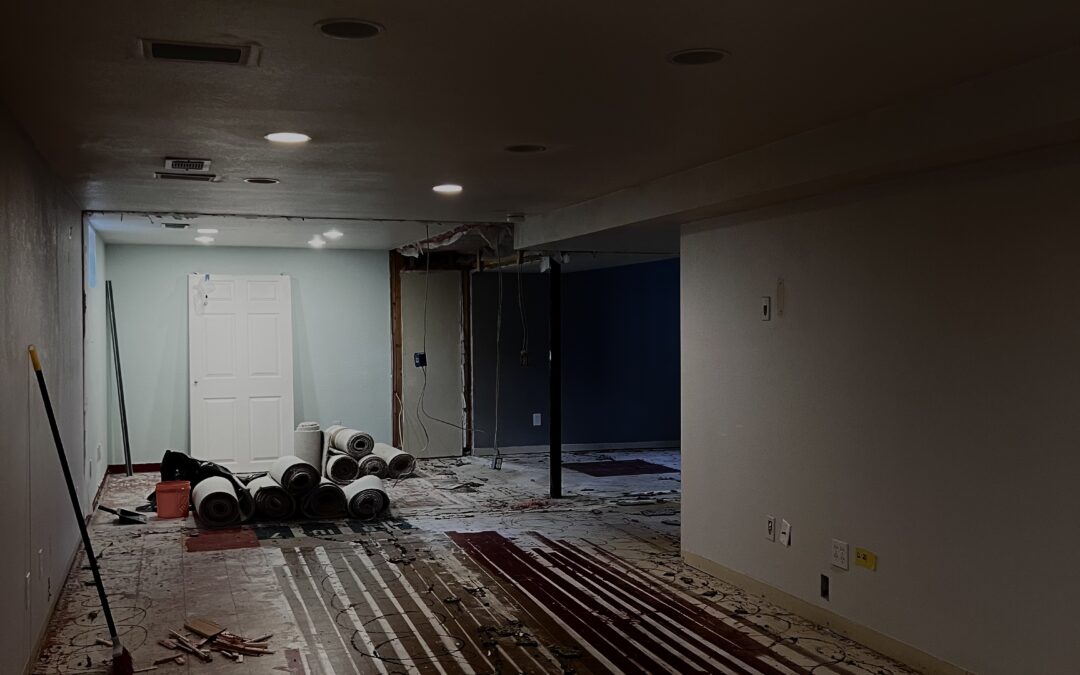
Oct 31, 2025 | Home Remodeling
This Halloween season, discover how Sustainable Design Build helps Denver homeowners transform their basements and beyond from dark, unused spaces into warm, functional areas perfect for everyday living.
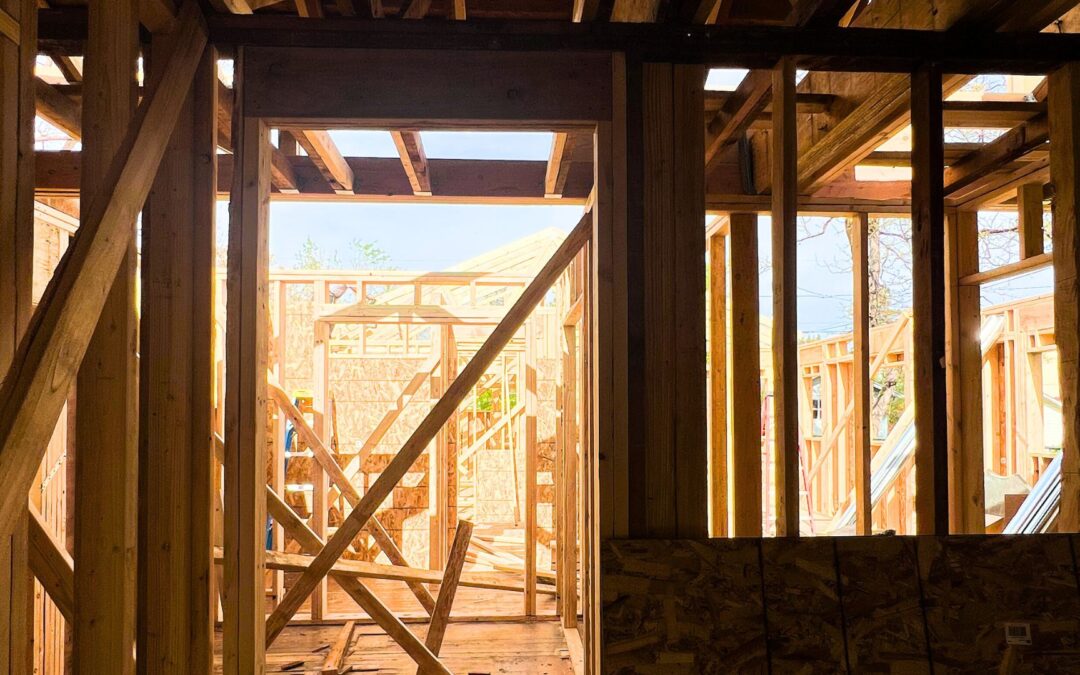
Oct 28, 2025 | Home Remodeling
Expanding your home with a home addition is one of the most effective ways to gain space, comfort, and long-term value without moving. Whether you’re planning a new family room, primary suite, or connected guest quarters, the addition process transforms both your home and how you live in it. Once the design and permitting phases are complete, construction begins—and with it comes the exciting (and busy) phase of activity at your property.
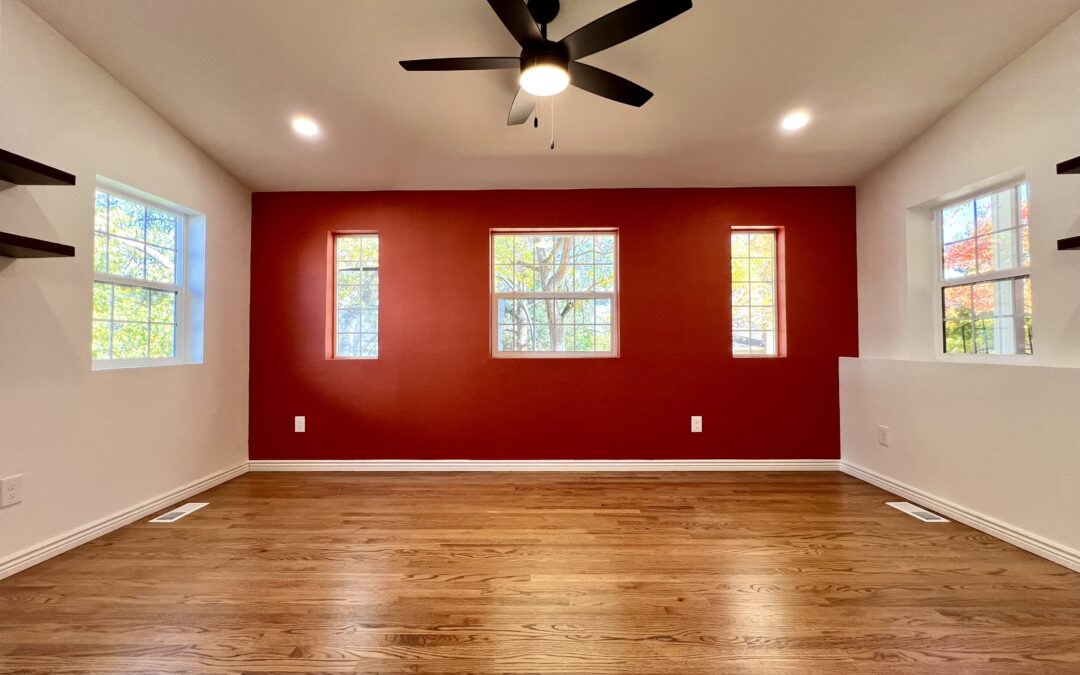
Oct 24, 2025 | Home Remodeling
As remote and hybrid work continue to redefine how professionals live and connect, the need for a dedicated home office has never been greater. Many Denver homeowners are now turning to home additions as a way to create productive, comfortable spaces that fit seamlessly into their existing homes. A thoughtfully designed addition offers more than square footage—it enhances daily function, privacy, and long-term property value.
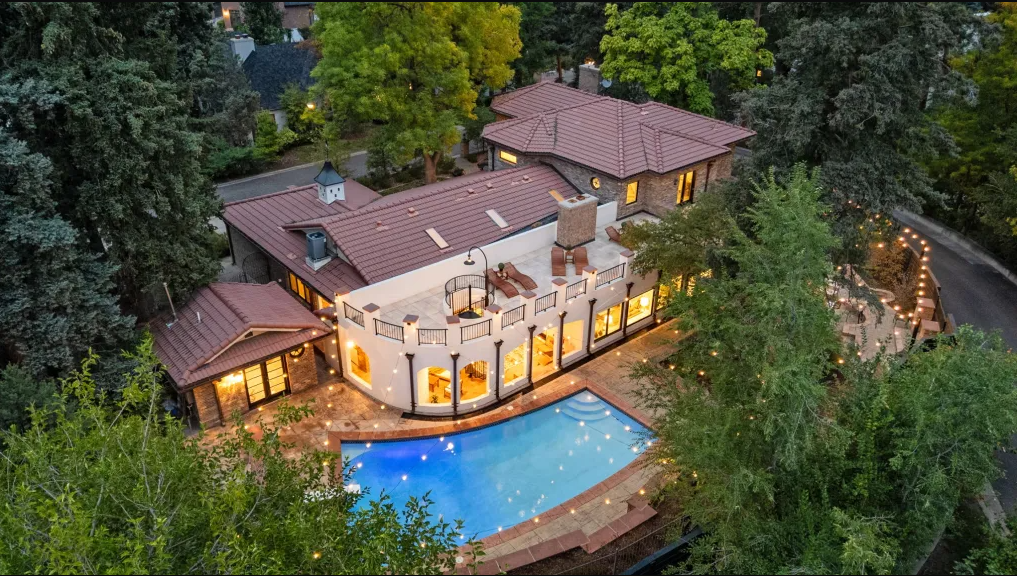
Oct 21, 2025 | Resources
A recent Denver Post article highlighted a remarkable property in the Washington Park neighborhood: a six-bedroom, six-bathroom estate at 2111 E. Alameda Ave., listed for $4.2 million.
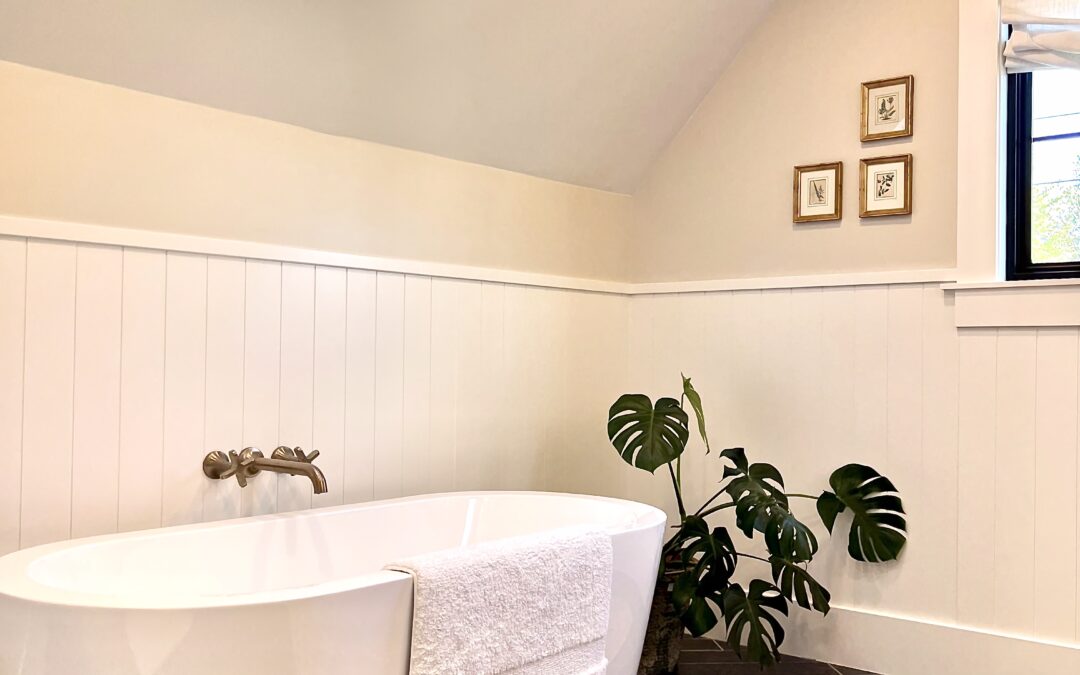
Oct 20, 2025 | Interior Design
Setting an interior design budget is one of the most important early steps in creating a cohesive and comfortable home environment. In the Denver metro area, homeowners continue to balance design goals with the realities of construction costs, material pricing, and lifestyle priorities. Understanding what defines a reasonable design budget can make the process smoother and more rewarding from start to finish.
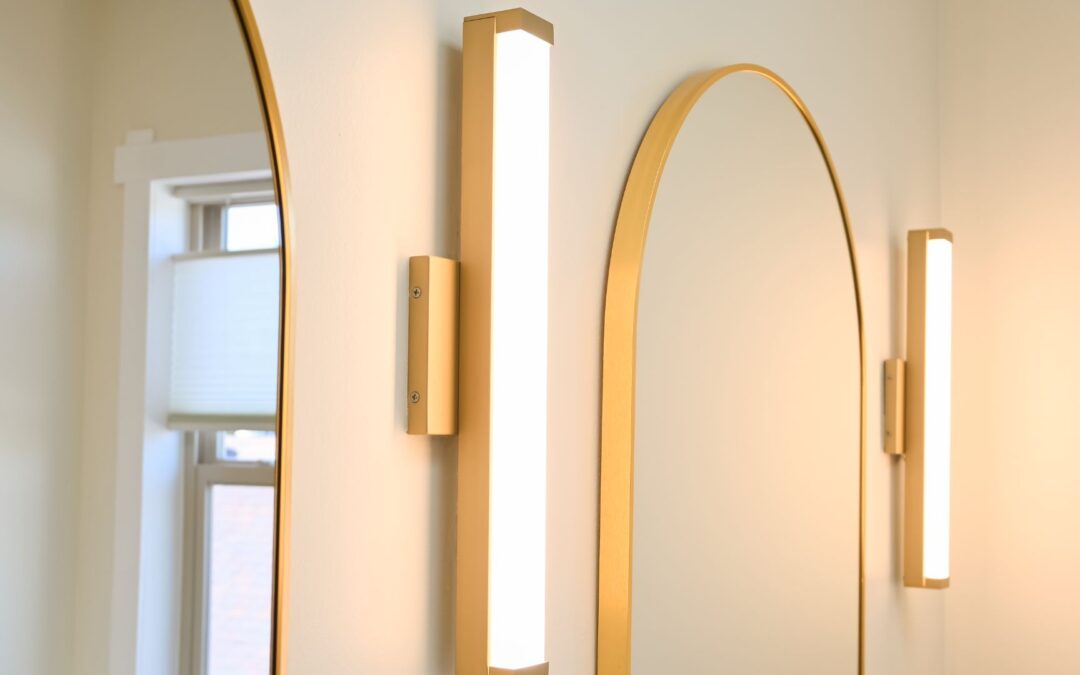
Oct 16, 2025 | Interior Design
How much does an interior designer cost in Denver?
In 2025, most interior designers in the Denver area charge between $100 and $300 per hour, or offer flat-rate packages ranging from $2,000 to $5,000 per room. For larger home renovations or full design-build projects, fees typically represent 10 to 25 percent of the total construction cost. Actual pricing depends on project size, designer experience, and material selections, but local homeowners can expect costs that reflect Denver’s active remodeling market and growing demand for personalized spaces. Firms such as Sustainable Design Build often integrate design coordination directly into construction planning, helping homeowners align budgets, timelines, and aesthetic goals more efficiently.
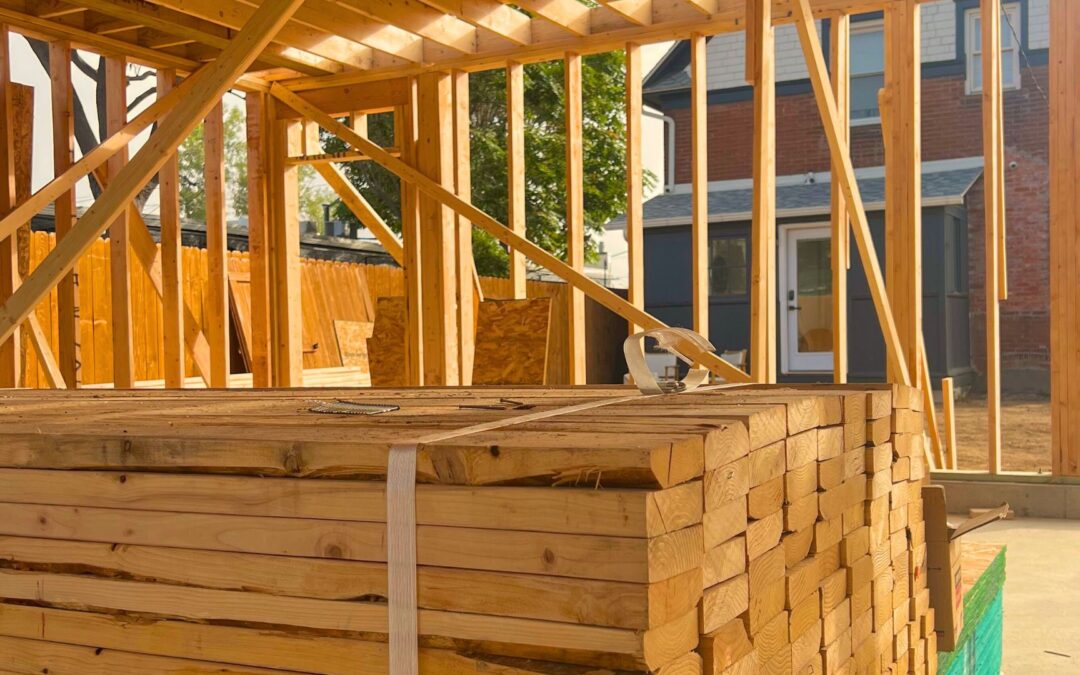
Oct 15, 2025 | The Construction Industry
As the Denver Broncos pursue success on the field this fall, an equally ambitious project is beginning to take shape off it. The team’s ownership, led by CEO Greg Penner, recently confirmed that planning is underway for a state-of-the-art stadium and entertainment district at Burnham Yard, signaling one of the city’s most transformative developments in recent years.
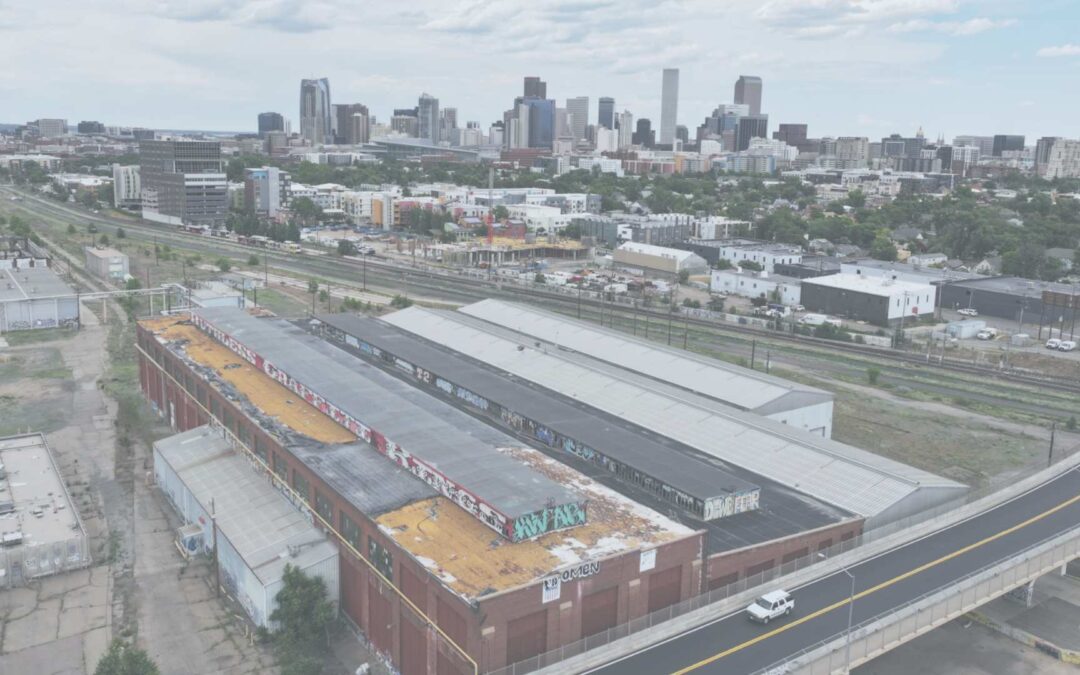
Oct 13, 2025 | The Construction Industry
As the Denver Broncos pursue success on the field this fall, an equally ambitious project is beginning to take shape off it. The team’s ownership, led by CEO Greg Penner, recently confirmed that planning is underway for a state-of-the-art stadium and entertainment district at Burnham Yard, signaling one of the city’s most transformative developments in recent years.
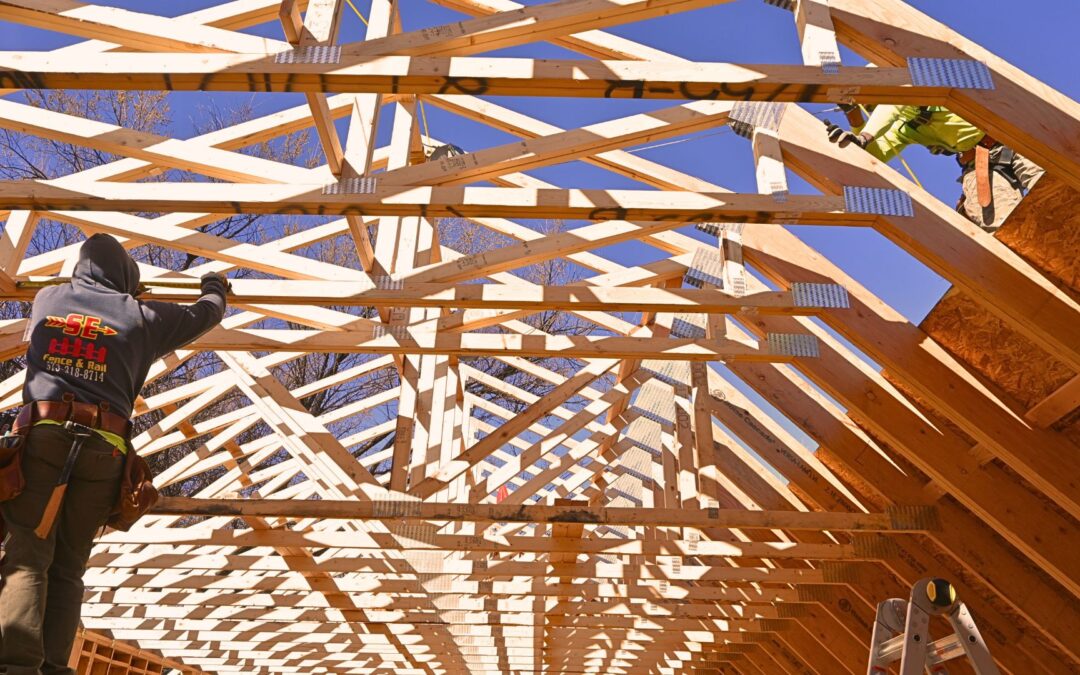
Oct 10, 2025 | Home Remodeling
Discover why fall is the ideal time to start planning your home remodel, addition, or ADU in Denver and Wheat Ridge. With the holidays ahead, October offers the perfect moment to evaluate how your home functions, refine your vision, and prepare for spring construction with Sustainable Design Build.
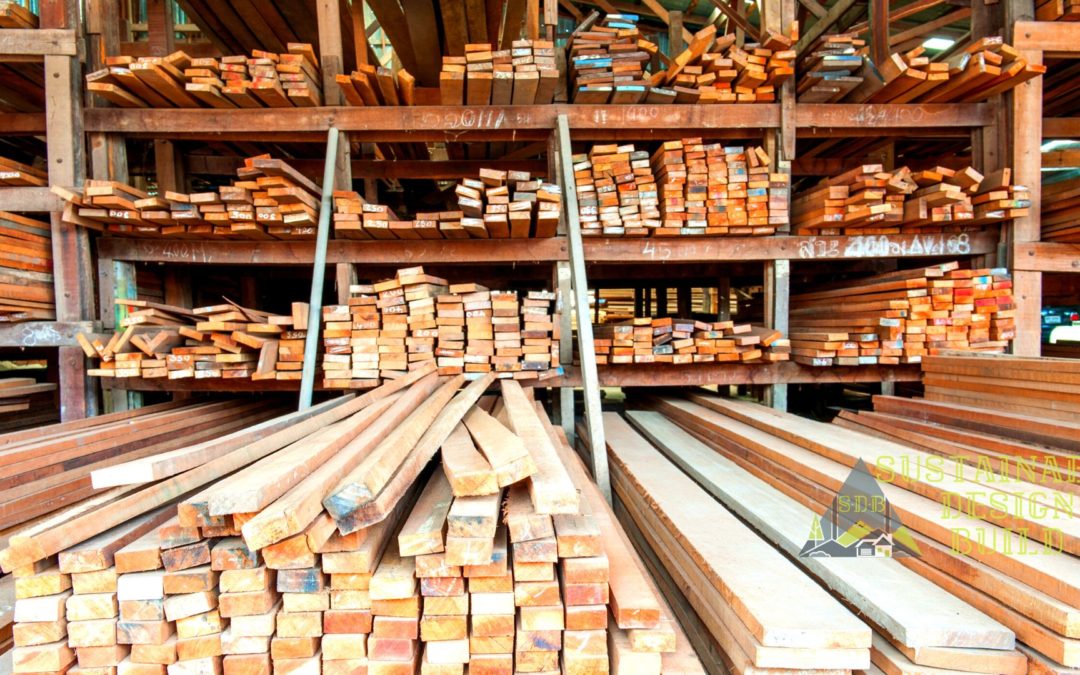
Oct 9, 2025 | The Construction Industry
In late September 2025, the federal government announced new tariffs on imported lumber and wood products under Section 232 of the Trade Expansion Act. According to Reuters, the new policy includes a 10% tariff on imported lumber and up to a 25% tariff on cabinets, vanities, and wood furniture, taking effect October 14, 2025.
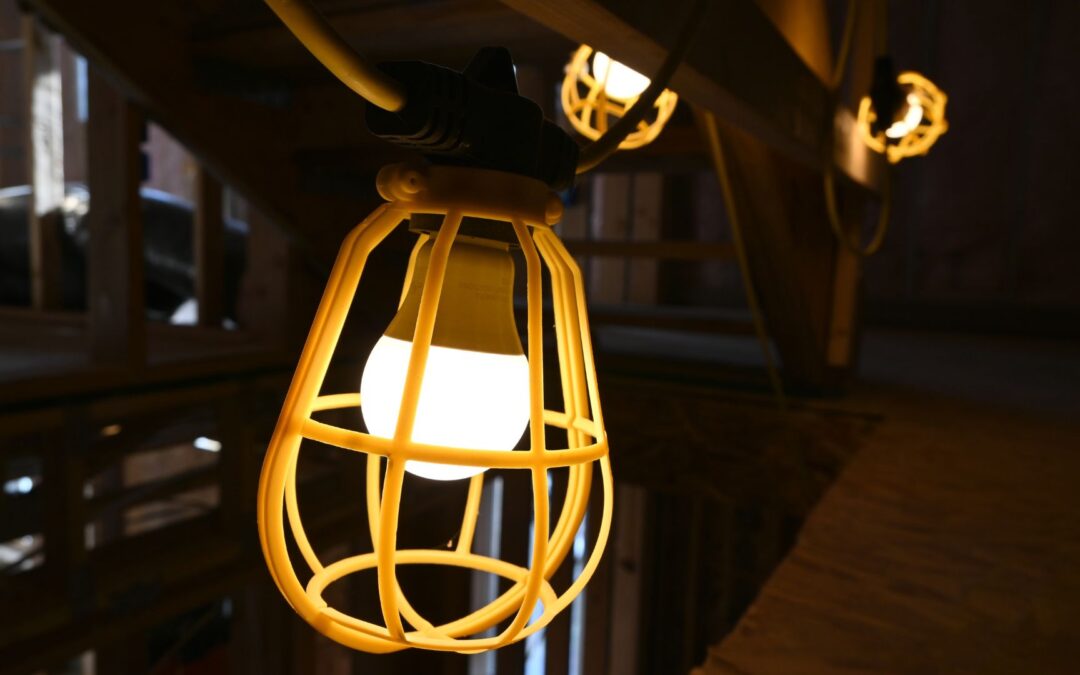
Oct 9, 2025 | ADU
Building an Accessory Dwelling Unit (ADU) is one of the most rewarding ways to expand your property’s potential. Whether you are creating a private guest suite, a home office, or a rental unit for additional income, an ADU allows you to enhance your home’s livability and long-term value. Once your design is finalized, the next phase—construction—is where your vision starts to take shape.
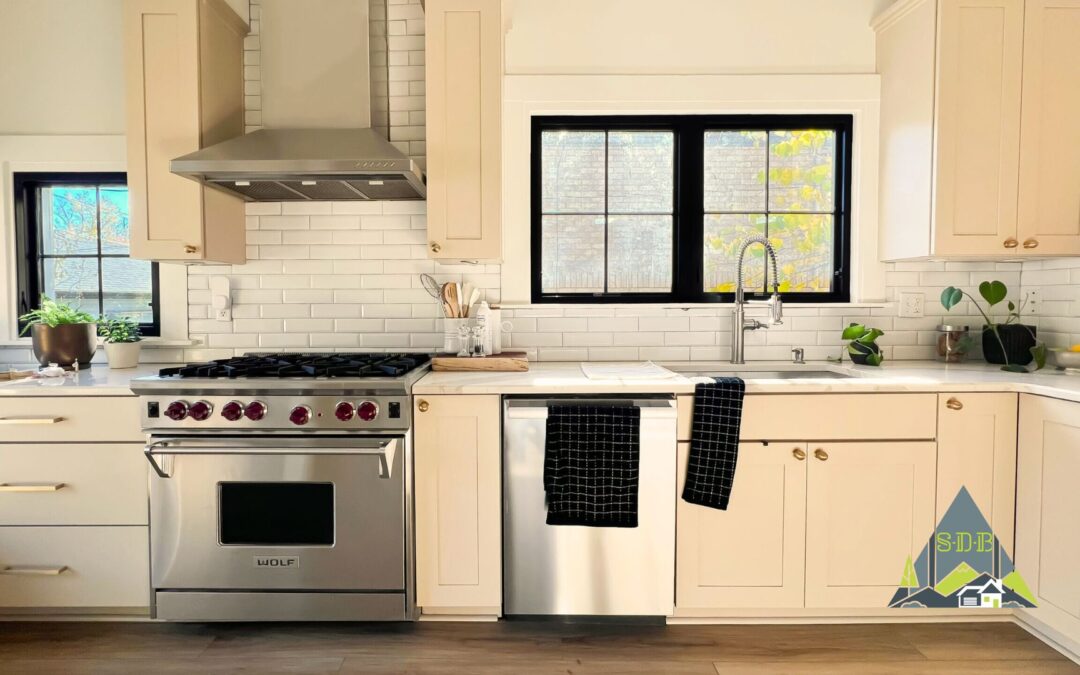
Oct 3, 2025 | Interior Design
Accessory Dwelling Units (ADUs) are gaining attention nationwide as homeowners look for creative ways to expand housing options, increase property value, and create intergenerational living opportunities. A recent feature from Business Insider illustrates how one California couple built a $500,000 ADU in their parents’ backyard to offset housing costs while gaining flexibility for their family (Lloyd, 2025). Although Denver’s housing market has its own dynamics, the insights from this case highlight the potential benefits and considerations for local homeowners.














Recent Comments